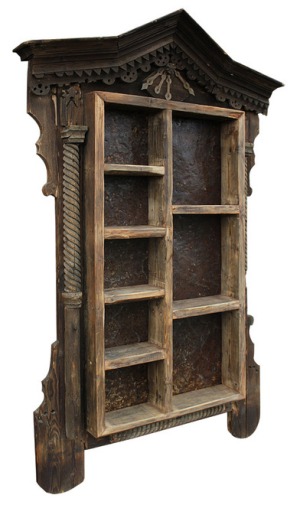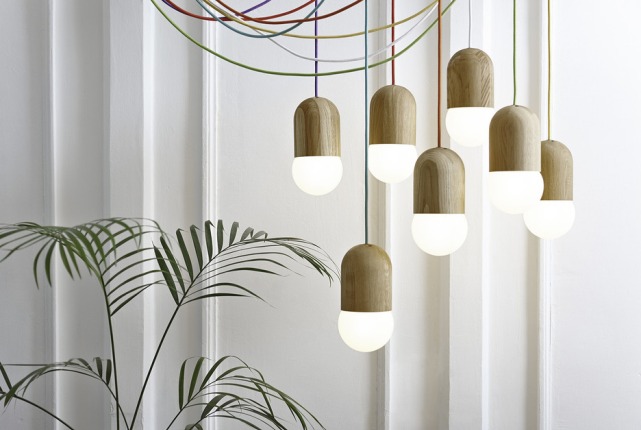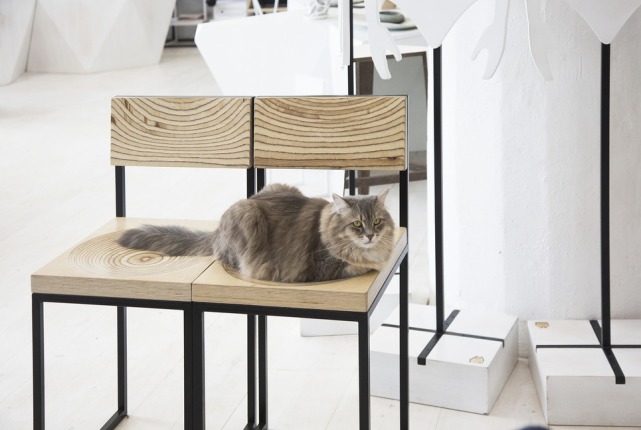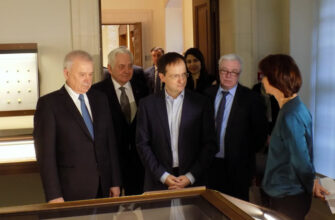The all-Russian Museum of decorative-applied and folk art demonstrates the work of the German and the Russian beginning designers until August 28, 2017. The exhibition, which aims to show the old and the new in a modern design, is called the “New olds. Classics and innovation in design.” It is organized by Moscow design Museum and Institute for foreign relations IFA with the support of the Goethe Institute in Moscow.
The goal of the exhibition project is showing of the old or traditional subjects, images and shapes together with new and innovative trends. The exhibition proves that new is interconnected with national context. That’s why the name is the New Olds.

Russian design creations, presented at the exhibition of Russian furniture, lamps and ceramics are closely connected with Russian crafts and household items. For example, designers Anna Kulachek and Katerina Kopytina created their works together with the famous factories of Gzhel and Gus-Khrustalny.
German part of the exhibition shows more than 50 works. They represent a contemporary interpretation of traditional forms. Among them we find a wooden chair in the shape familiar to plastic (Maarten Baas), a plate with a picture of the industrial landscape (Nina Kappenstein) and adhesive tape in the baroque style (Marty Gixa).
Curator of the exhibition from the German side is Volker Albus, professor at University of arts and design Karlsruhe, designer and architect. V. Albus says that he hopes after the exhibition “visitors would keep their eyes opened and stop thinking in stereotypes.” The professor kindly agreed to answer questions for readers “E-Vesti”:

EV: New olds seems to be a traditional exhibition. I can see it happened in other countries. Do you think the same concept can be applied in other countries?
Volker Albus: We try to show the possibilities of creating synergies between traditional aspects (form, craftsmanship, material) with contemporary challenges. I think this issue has it’s relevance in every country. Look for example at the tradition of working with wood in russia: The question is: how can we combine wood (instead of plastic) with new technologies? Look at Anastasia Kocheeva and the way she is working with birch wood…
EV: You know German, Russian, New Zealand design etc. Is there any national difference in approach to design now, in global world?
Volker Albus: First: everywhere in the world – in Russia, in Germany, in New Zealand – our daily life is based on the same activities: we sleep, we eat, we sit, we work, But he way how we sleep, sit and work and what we eat is completely different. It’s defined through the climate, through the resources and through the tradition.
EV: What is stereotype in design?
Volker Albus: Copying successful designs
EV: Is there clear difference between new and old in design?
Volker Albus: It depends on what you are looking: beds are almost the same; but if you look at a working place and the equipment of such a place you will see that there are a lot of changes going on.
EV: Do you expect any feedback from companies for industrial design here?
Volker Albus: It would be great if Russian companies would discover the immense potentials of the Russian contemporary designers.






